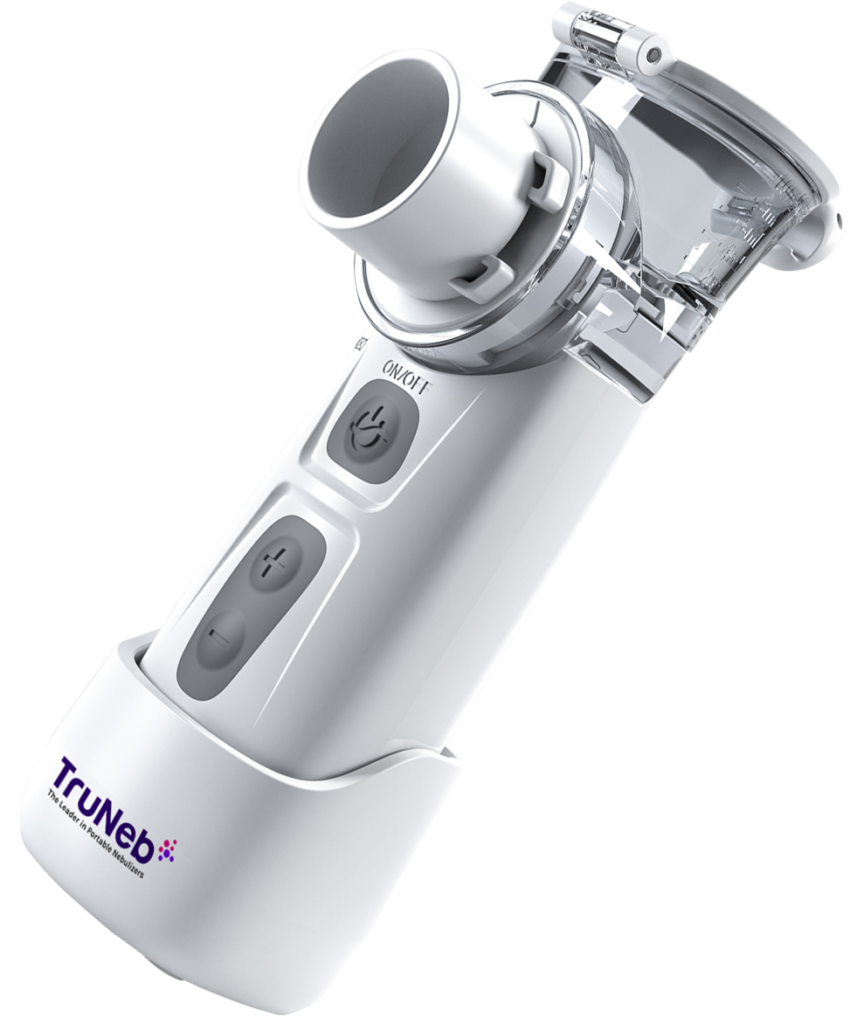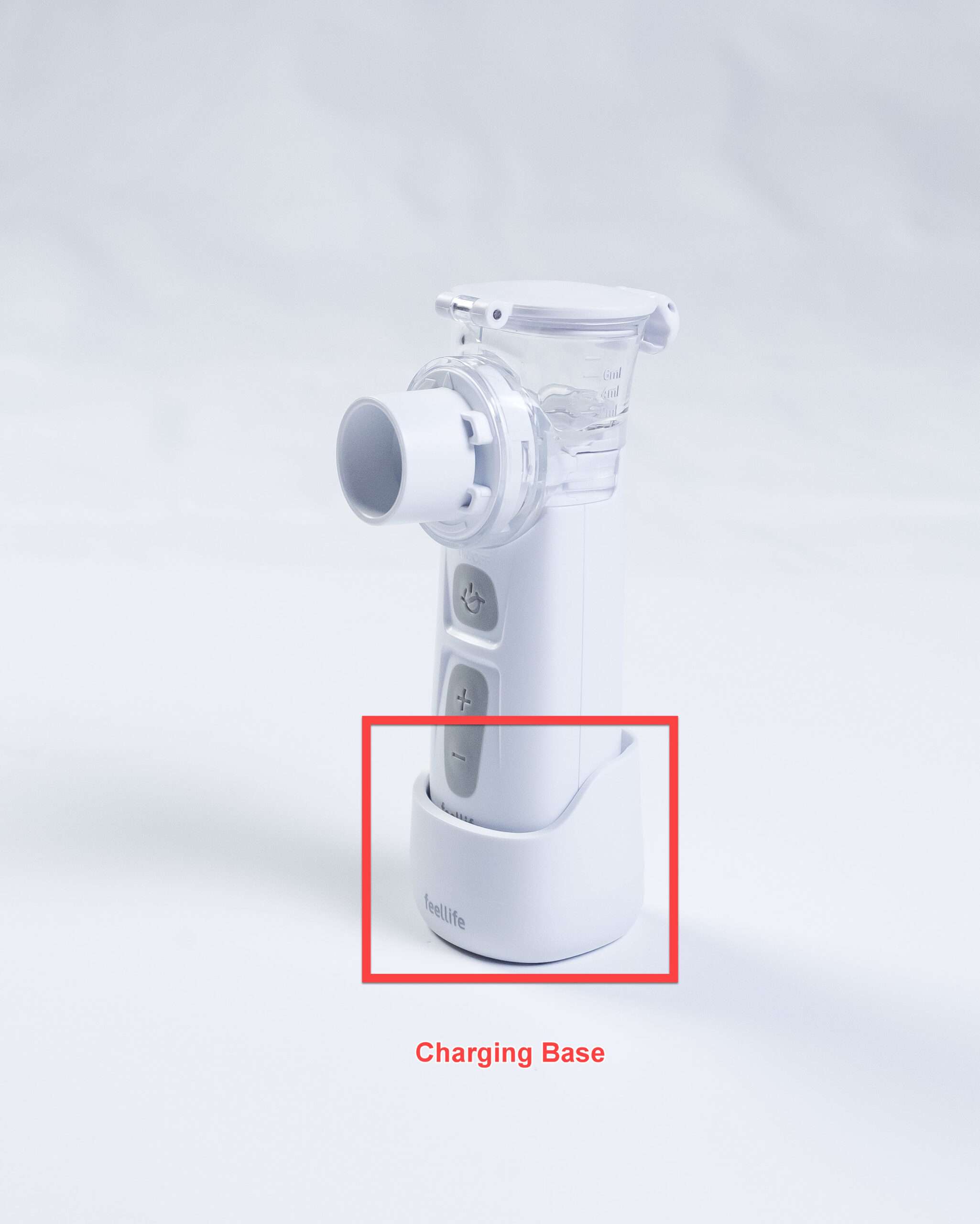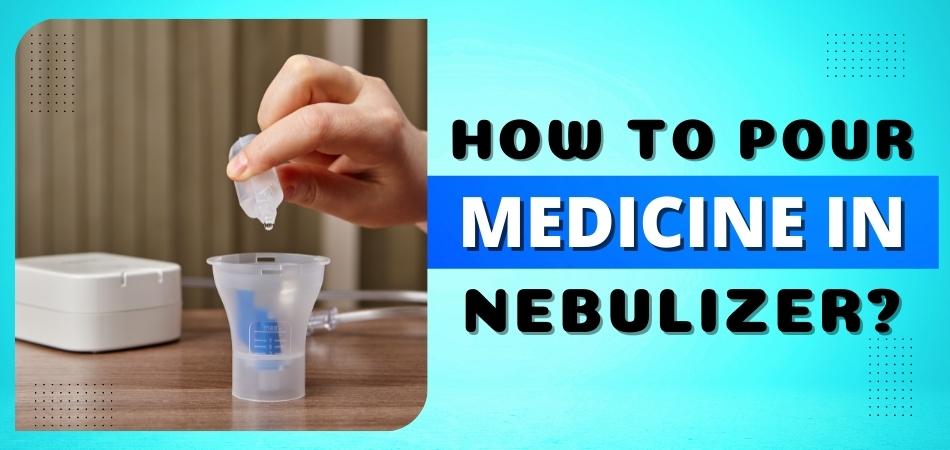A nebulizer is a small machine that turns medication into a mist that can be easily breathed in. Nebulizers are often used to treat respiratory illnesses, such as asthma or COPD.
A ventilator is a machine that helps a person breathe. Some people who have respiratory illnesses need help breathing from a ventilator, and may also need to use a nebulizer.
In this post, we will discuss how to connect a nebulizer to a ventilator. Stay tuned for more information on using these machines!
What Is A Nebulizer?
A nebulizer is a handheld device that uses a thin, flexible tube to deliver oxygen directly to your lungs. The nebulizer turns the liquid medicine into a very fine mist that you breathe in through a mouthpiece or mask.

A nebulizer is also called an “air compressor.” Nebulizers are used to treat lung conditions such as bronchitis, pneumonia, and cystic fibrosis. They are also used to treat asthma and other breathing disorders.
Nebulizers are usually electric-powered, but there are also battery-operated models. Nebulizers come in different sizes, from small personal machines to large machines used in hospitals.
Nebulizers are safe for most people to use, but there are some risks. If you have an infection, the nebulizer can spread the infection to other people. It is also important to clean the nebulizer regularly to prevent infections.
What is a Ventilator?
A ventilator is a mechanical device that is used to help patients breathe when they are unable to do so on their own. Ventilators are often used in hospitals, particularly in the Intensive Care Unit (ICU), and can be used for short-term or long-term treatment.
Some patients may only need a ventilator for a few days, while others may require one for months or even years. There are many different types of ventilators, but they all work by providing a source of air to the patient that is at a higher pressure than the surrounding atmosphere.
This high pressure forces air into the lungs, inflating them and helping the patient to breathe. Ventilators can be used with either a mask or an endotracheal tube, which is inserted into the patient’s windpipe through their mouth or nose.
In recent years, there has been an increasing trend toward using non-invasive ventilation (NIV) techniques with ventilators.
NIV involves using a mask that covers the nose and mouth, rather than an endotracheal tube. This allows patients to be more comfortable and avoids the risks associated with having a tube inserted into their airway.
NIV is often used as the first line of treatment for patients with respiratory problems, as it is less likely to cause complications than invasive ventilation.
If you have been prescribed a ventilator by your doctor, it is important that you understand how to use it properly. This includes understanding how to connect your nebulizer to the ventilator and how to clean both devices appropriately.
How Do Nebulizers And Ventilators Work?
A nebulizer is a medical device that delivers liquid medication in the form of a mist, which the patient inhales through a mouthpiece or facemask. This type of therapy is used to treat conditions such as asthma, COPD, and cystic fibrosis.
Ventilators are mechanical devices that assist patients who are unable to breathe on their own. They work by providing a stream of air that helps to inflate the patient’s lungs. A ventilator can be used on patients of all ages but is most commonly used on infants and small children.
Nebulizers and ventilators are often used together in order to provide the best possible therapy for patients. These devices work together to deliver medication to the lungs and help to mechanically ventilate the patient.
How To Connect A Nebulizer To A Ventilator?
Nebulizers are often used to help people with asthma or other respiratory conditions breathe easier. They work by converting liquid medication into a fine mist, which can then be inhaled.

This can help to open up the airways and relieve symptoms like coughing and wheezing. Ventilators are also sometimes used to treat respiratory conditions. They work by helping to pump air into the lungs.
Assuming you have all the necessary equipment, connecting a nebulizer to a ventilator is actually quite simple. Here are the steps:
- Connect the nebulizer to the positive end of the ventilator circuit.
- Attach the air tubing from the nebulizer to the air inlet on the ventilator.
- Turn on the ventilator and set it to the desired level of flow.
- When finished, turn off the ventilator and disconnect the nebulizer from the circuit.
Connecting a nebulizer to a ventilator is a common medical procedure that is carried out in order to deliver medication to patients who are mechanically ventilated. The nebulizer essentially turns the liquid medication into a fine mist that can be inhaled by the patient.
This type of therapy is often used to deliver bronchodilators, which are drugs that help to open up the airways. There are certain signs that you need to look for in order to determine whether or not this type of therapy is right for your patient.
What Are The Benefits Of Using A Nebulizer With A Ventilator?
Nebulizers are often used in conjunction with ventilators, which are devices that help pump air into the lungs. Ventilators are often used by people with chronic lung conditions, such as asthma or COPD.
There are several benefits of using a nebulizer with a ventilator.
- First, it can help to ensure that the medicine is delivered directly to the lungs.
- Second, it can help to prevent side effects, such as throat irritation or dry mouth.
- Third, it can help to make breathing easier and more comfortable.
- Fourth, it can increase the amount of time that the medicine stays in the lungs, which can improve its effectiveness.
- Finally, it can reduce the risk of infection.
Mechanically, it helps patients receive their bronchodilator medicine. This, in turn, can help them avoid having to go through the ordeal and expenses of mechanical ventilation.
Nebulizers have also been shown to be an effective sign of supportive care in patients with end-stage lung cancer. In one study, the use of nebulizers was associated with a significant decrease in the rates of pneumonia, hospitalization, and death.
Are There Any Risks?
Nebulizers are commonly used to deliver bronchodilator therapy to mechanically ventilated patients in the Intensive Care Unit (ICU). There is very little data on the risks associated with using nebulizers in this population.
But one study did find a significant increase in signs of pneumonia in patients who received nebulized bronchodilator therapy.
One potential risk associated with using a nebulizer with a ventilator is that the nebulizer might not be compatible with the ventilator. Make sure to check with the manufacturer of both the nebulizer and the ventilator to see if they are compatible.
Another potential risk is that the medication might not be delivered correctly or evenly to the lungs. This could potentially lead to problems with absorption or efficacy of the medication.
Finally, it is important to make sure that the tubing from the nebulizer is properly vented so that air can escape. If air is not able to escape, it could build up in the tubing and potentially cause problems with the ventilator.
How Can I Get the Most out Of My Nebulizer and Ventilator Treatments?
If you have been prescribed a nebulizer and ventilator for your lung condition, it is important to understand how to get the most out of your treatments. Nebulizers and ventilators are two different types of devices that are often used together to provide the best possible care for patients with lung conditions.
Nebulizers are devices that deliver medication in the form of a fine mist that can be inhaled through a mouthpiece or mask. Ventilators are devices that help patients breathe by providing oxygen-enriched air mechanically.
While nebulizers and ventilators are different types of devices, they both play an important role in the care of patients with lung conditions.
Here are some tips on how to get the most out of your nebulizer and ventilator treatments:
- Follow your doctor’s instructions for using your nebulizer and ventilator.
- Make sure you understand how to use your nebulizer and ventilator before you start treatment.
- Be sure to clean your nebulizer and ventilator according to the manufacturer’s instructions.
- Replace the air filter in your ventilator on a regular basis.
- Keep track of your treatments and how well they are working for you.
- Be sure to take any bronchodilator medicine prescribed by your doctor before using your nebulizer or ventilator. Bronchodilator medicine helps open up the airways in your lungs so that you can get more oxygen into your body.
- If you have any questions about your nebulizer or ventilator, be sure to ask your doctor or another healthcare professional for help.



